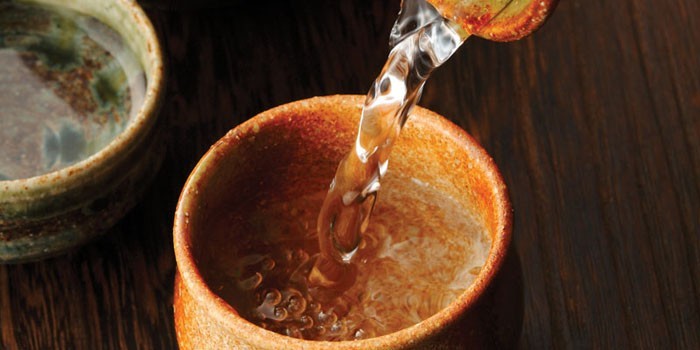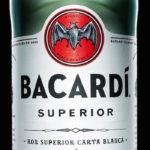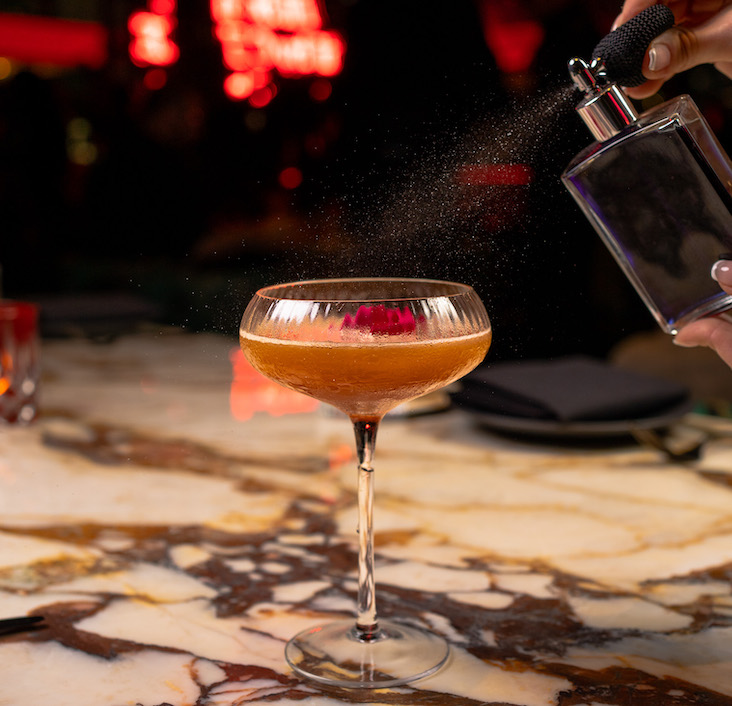Incorporating the fermented rice beverage into your bar program.
So. You think you’ve figured out wine pretty well. Then craft beer got big, and you had to learn what IBUs were. Craft cocktails came sneaking up behind you, and suddenly American whiskey has exploded as a category.
And now I want to introduce you to sake to sake. Wait. Don’t throw close this webpage. I’ll keep it simple.
Sake is technically closer to beer than wine, because it’s brewed from fermented grain—rice, of course. While you might think of it only as an accompaniment for sushi, sake can pair with other Japanese, Asian and even Western foods. It also makes for interesting and accessible cocktails.
There is a broad range of sake quality and prices, from basic all the way up to luxury levels. Sake flavors can go from light, floral and delicate all the way up to rich and funky. Think light beer vs. a hearty oatmeal stout.
Making the Grade
Brewing sake seems simple at first. The rice is milled rice (the outer layer is ground away), steamed and then mixed with koji, a mold that grows on the rice and converts starch to sugar. Yeast and water are added and sake happens. Each stage, though, can have complex nuances.
Take the milling process. The outer layers of the rice contain proteins and fats. When these are milled away, it leaves the center of the grain, which has more pure starch.
So the more the rice is milled, the higher the grade of the sake. The degree to which rice has been polished is called seimaibuai.
Ginjo sake, for instance, has had a minimum of 40% removed (or a 60% seimaibuai), and daiginjo a minimum of 50% removed. These higher-grade sakes tend to be the most fragrant and delicate, and are best served slightly chilled.
With junmai sakes, no distilled alcohol is added, leaving a slightly fuller flavor.
The variety of rice makes a difference, too (think chardonnay vs. pinot grigio). You really only need to remember one of the dozen or so most used ones though, and that is Yamada Nishiki. Often referred to as the “king of rice,” Yamada Nishiki is used in most premium sake.
Koji and yeast also deeply affect the quality and style of the final product. The way that the koji is introduced to and grown in the rice can have a profound effect on the flavors created during fermentation. The best sake breweries do it themselves.
As for yeast, there are many different strains used, each yielding different final aromatics in the sake. Some will give more pear and apple aromas, some produce sakes with higher final acidity.
The last two factors are the quality of the water used and the talent of the brewer—both of which are pretty close in importance to the ingredients mentioned above. Most sake is then filtered. Unfiltered versions of sake, called nigori, are cloudy, often with a slight aroma of melon and sweeter taste. Sake is typically not aged.








